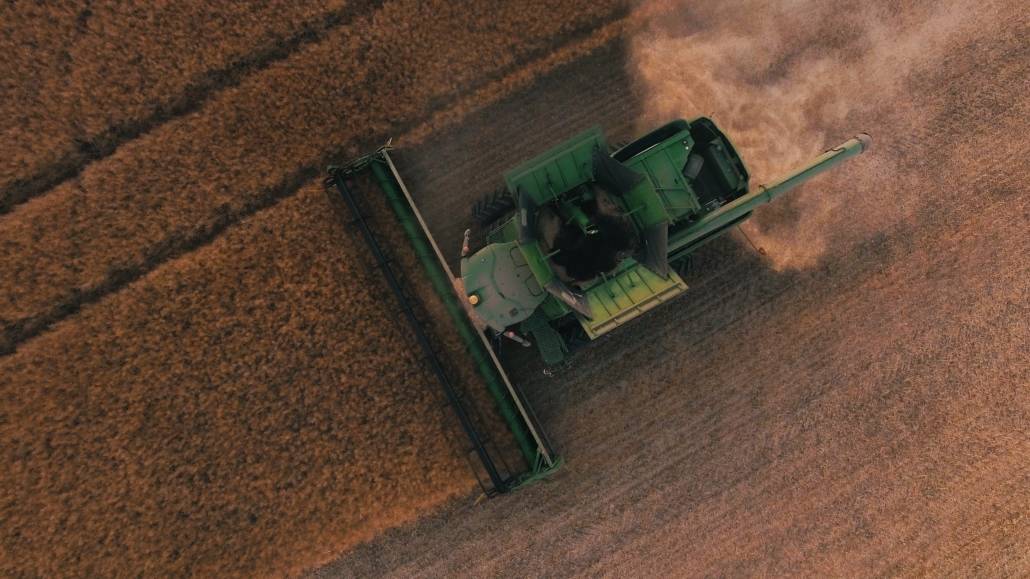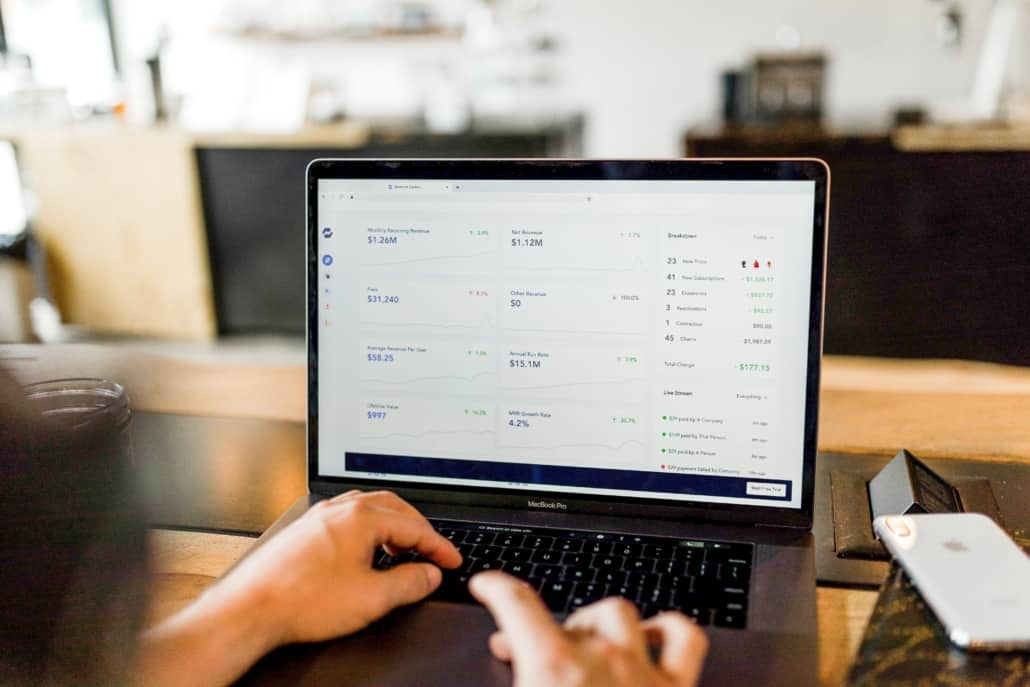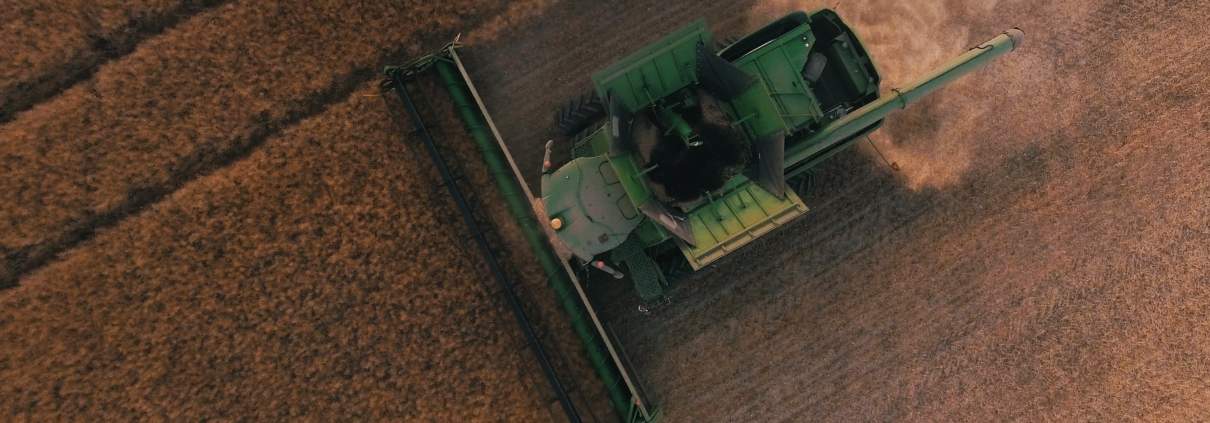July tax news: Farming and air quality tax credits, taxation of accounts receivable–and more

FUEL CHARGE CREDIT FOR FARMING BUSINESSES
The federal government recently introduced a refundable “return of fuel charge proceeds to farmers tax credit” to farming businesses to help them offset certain fuel charges that they incur in their farming businesses. The credit was passed into law on June 9, 2022, in Bill C-8.
The credit applies to farming businesses carrying on business in designated provinces, sometimes referred to as “backstop jurisdictions”. The Department of Finance has designated Ontario, Manitoba, Saskatchewan and Alberta, which, according to the Federal government, “do not meet the federal stringency requirements” under the federal carbon pollution pricing system.
The government offers the credit to help farmers/farming businesses, that often use natural gas and propane in their business operations.
Since it is a refundable credit, it can be claimed even if the taxpayer has no income tax to pay for the year.
The credit is computed using the payment rate for the relevant calendar year (see below) for the designated province multiplied by the “eligible farming expenses” for the province for the days in the taxation year that fall within the calendar year. If the business is carried on in a corporation, it may have an off-calendar taxation year. In such a case, the credit is pro-rated based on the number of days of the taxation year that fall within the calendar year.
The credit is also available to individuals carrying on a farming business, and members of a partnership carrying on a farming business. For an individual, the taxation year is of course the same as the calendar year. For a partnership, its fiscal period is deemed to be its taxation year.
The payment rate for a calendar year is the rate specified by the Minister of Finance. The payment rate for the 2021 calendar year is $1.47 per $1,000 of eligible farming expenses. The rate for the 2022 calendar year is $1.73 per $1,000 of eligible farming expenses.
The credit is available only if the taxpayer incurs $25,000 or more of eligible farming expenses, which are generally expenses deducted for income tax purposes in computing income from farming activities. However, the eligible farming expenses do not include expenses incurred in transactions with non-arm’s length parties (basically, related parties).
If a taxpayer carries on a farming business in more than one province, the eligible farming expenses are allocated to a designated province in the same proportions that taxable income is allocated under the Income Tax Regulations.
The taxpayer must file a prescribed form with their tax return for the relevant taxation year to claim this credit.
Since the farming credit is considered “government assistance”, the amount of the credit is included in income in the taxation year for which the credit is claimed.

AIR QUALITY IMPROVEMENT TAX CREDIT
This is another new refundable tax credit that was passed into law on June 9, 2022, in Bill C-8.
The Federal government introduced it to encourage small businesses to invest in better ventilation and air filtration to improve indoor air quality in their business locations as part of responding to COVID-19.
A corporation can claim the credit only if it is a Canadian-controlled private corporation (CCPC), and its “taxable capital” under the Income Tax Act for the preceding taxation year, including that of any associated corporations, is less than $15 million. Corporations other than these CCPCs cannot claim the credit.
The credit can be claimed by individuals carrying on business (but not trusts). It can also be claimed by individuals and eligible CCPCs that are members of a partnership carrying on business.
Currently, the credit is available for expenditures made or incurred from September 2021 through December 2022.
But the credit can be claimed only in a taxation year that ends after 2021. For individuals, this means they can claim it on their 2022 return. For a CCPC, the taxation year could be different than the calendar year. For example, if the CCPC has a March 31 taxation year end, it can claim the expenditures incurred from September 2021 through March 2022 on its return for the taxation year ending on March 31, 2022, and any expenditures after that for the year ending on March 31, 2023.
In general terms, the credit equals 25% of the taxpayer’s “qualifying expenditures”, and more specifically its “total ventilation expense” for the year. There is a $10,000 expenditure limit per location in which the business is carried on. If there are multiple locations, the $10,000 limit applies to each location, with an overall limit of $50,000 for all locations.
In the case of corporations, the dollar limits must be shared amongst affiliated corporations (“affiliated” is defined in the Income Tax Act and is a fairly complex definition).
The qualifying expenditures must be reasonable and intended primarily to increase outdoor air intake or to improve air cleaning. The Income Tax Regulations and the Department of Finance indicate that the expenditures include:
- expenses directly attributable to the purchase, installation, upgrade, or conversion of mechanical heating, ventilation and air conditioning (HVAC) systems, as well as the purchase of devices designed to filter air using high efficiency particulate air (HEPA) filters, the primary purpose of which is to increase outdoor air intake or to improve air cleaning or air filtration.
However, expenses attributable to an HVAC system would be considered qualifying expenditures only if the system is:
- designed to filter air at a rate in excess of a minimum efficiency reporting value (MERV) of 8; or
- designed to filter air at a rate equal to MERV 8 and to achieve an outdoor air supply rate in excess of what is required for the space by relevant building codes. For a system that is upgraded or converted, prior to the improvement the system must have been designed to filter air at a rate equal to MERV 8.
HVAC, HEPA and MERV are technical terms defined in the Income Tax Regulations.
Qualifying expenditures do not include expenses
- made or incurred under the terms of an agreement entered into before September 2021;
- that are on account of recurring or routine repairs or maintenance;
- that are paid to a non-arm’s length party;
- that are salary paid to an employee of the taxpayer; or
- that are financing costs (e.g. interest on a loan) in respect of a qualifying expenditure.
To claim the credit, the taxpayer must file a prescribed form with their tax return for the relevant taxation year.
As with the return of fuel charge proceeds to farmers tax credit (discussed above), this credit is considered government assistance and is therefore included in income.

TAXATION OF ACCOUNTS RECEIVABLE
If you carry on a business, you normally must include accounts receivable at year end (under the Income Tax Act they are called “amounts receivable”) in your income, even if you have not yet received the amounts.
There are some exceptions. For example, if you carry on a farming or fishing business, you can elect to use the “cash method”. Under this method, you include the amounts in income only in the year you receive payment. If you carry on a non-farming/fishing business, you may be able to use the cash method, as the Courts have said you can use that method if it reflects a more accurate picture of your income relative to the receivable method. In practice, this is rarely possible.
In general terms, an amount is receivable if, by the end of the relevant year, you have an unconditional right to receive the amount even though it is due after the year. This applies both to services rendered and to goods or property sold in your business.
But there is also a deeming rule in the Income Tax Act for services rendered in your business. This deeming rule says that in respect of services rendered, the amounts owed to you are deemed to be receivable on the day that is the earlier of
- the day on which the account in respect of the services was rendered, and
- the day on which the account in respect of those services would have been rendered had there been no “undue delay” in rendering the account in respect of the service (“undue delay” is not defined, so it depends on the circumstances of your business).
So what happens if you don’t ultimately receive the amount receivable? That is, you have already included it in your income, but you haven’t received the cash.
Fortunately, there are some possible remedies under the Income Tax Act where you can cancel the inclusion.
First, there is a general reserve or deduction for your income property sold in the course of your business. There are a couple of restrictions. First, if the property is not real estate, you can claim this deduction only if the amount receivable is due at least two years after the date of the sale. Second, you can normally claim the deduction for only three years. So if you sell the property in year 1, you cannot claim the reserve in year 4 or afterwards even if some or all of the proceeds are due after year 4.
The deduction is based on a reasonable portion of the profit from the sale of property that is due after the year (see example below).
Since this deduction is considered a reserve, if you claim it in one year you must add it back into income the next year. Then, if the amount is still due in a future year you can claim the deduction again, subject to the above limitations.
Example
I am in the business of selling real estate. In Year 1, I sell a property for $1 million and my cost was $400,000.
So my initial profit included in Year 1 income is $600,000.
However, under the sales agreement, the purchaser pays me 1/3 of the price in each of Years 1 through 3.
In such case, I can spread out the $600,000 over the three years, so I would include $200,000 in income in each of those years.
The reserve is optional, so I do not have to claim it. But normally it makes sense to do so.
Next, there is a “doubtful debt” deduction. Basically, if it is doubtful at the end of a year that the amount will be received, you can claim a deduction equal to the doubtful amount. Again, unfortunately, “doubtful” is not defined.
If you claim the doubtful debt deduction in one year, you must add it back into income in the next year. Then, if it’s still doubtful at the end of the next year, you can reclaim the deduction, and the procedure continues. If you ultimately receive the amount, obviously you cannot continue to claim the deduction. But if you don’t receive the amount, you may be able to claim the “bad debt” deduction.
The bad debt deduction allows you to deduct “bad debts” at the end of the relevant year. Again, this term is not defined. But you may be able to claim the deduction if the debtor is insolvent, bankrupt, or, say, moves out of the country and apparently has no intention of paying the amount.
The bad debt deduction does not have to be added back to income in the next year. However, if you end up receiving an amount you claimed as a bad debt in a later year, the amount must be included in income for the year in which you receive it.

UNEARNED RECEIPTS IN YOUR BUSINESS
This is kind of a converse rule relative to the accounts receivable rule discussed above.
This rule states that if you receive an amount in the course of your business for services to be rendered or goods to be provided after the year of receipt, you must include the amount in income. So you include it in income, even though you haven’t yet earned it in the year of receipt. The rule also applies if you are in the business of renting properties and have received a payment on account of a future year’s rent.
Fortunately, there is an optional deduction that allows you to deduct the amount. Since the deduction is a reserve, if you claim it in one year, you then add back the amount in income for the next year. Then, if there are services or goods or the use of the rental property that are provided after the next year you can claim another deduction, and the cycle can continue until all services and goods have been delivered or the rent has been used up.
Example
I am in the business of renting property.
At the beginning of Year 1, I rent property to Joe under a three-year lease. The rent is $30,000 per year.
For whatever reason, we agree that Joe will pay me the entire $90,000 ($30,000 x 3) in year 1.
I must include $90,000 in my income in Year 1. However, I can claim a $60,000 reserve of the rent covering Years 2 and 3, so that my net inclusion in Year 1 is $30,000. Again, the reserve is optional so I can claim all of it, some of it, or none of it, depending on my tax situation.
Assuming I claimed the full reserve, I include the $60,000 in income in Year 2. But since $30,000 of that amount covers the rent in Year 3, I can claim a reserve, meaning that I include the net amount of $30,000 in Year 2.
In Year 3, there are no future years of prepaid rent to me. So I include the remaining $30,000 in income and pay tax on it.
SHAREHOLDER LOANS
Typically, when you receive a loan, it is not included in your income. The reason is that your receipt of the loan is offset by your obligation to repay it.
However, the situation may change if you receive a loan from a corporation in which you are a shareholder. In this case, the loan may be included in your income under the shareholder loan rule in the Income Tax Act.
In addition, if a person “connected” with you receives a loan from the corporation, it may be included in their income. The definition of “connected” is fairly complex, but it includes non-arm’s length persons like your spouse, children, parents, grandchildren and so on. It can also include another corporation − for example, if you control both the lending corporation and the another corporation that receives the loan.
Fortunately, there are some exceptions where the rule does not apply and thus the loan is not included in your income. The most common exceptions are as follows.
Exception 1: Corporation’s lending business
The rule does not apply to a loan you received in the ordinary course of the corporation’s business of lending money where, at the time the loan was made, bona fide arrangements were made for repayment of the loan within a reasonable time.
Note that the corporation does not have to be a bank or financial institution, as long as you can show that it is in the business of lending money (even if it has another business).
Exception 2: Certain employees
If you are also an employee of the corporation, you could qualify for this exception.
It can apply if you are not a “specified employee”. In general terms, you will not be a specified employee if you and non-arm’s length persons (mostly meaning your close relatives) do not own 10% or more of any class of shares in the corporation.
The exception can also apply if the loan was used to acquire a residential home, treasury shares from the corporation or a related corporation, or a motor vehicle to be used in your employment. In these cases, the exception can apply even if you are a specified employee.
Exception 3: Repayment of loan within one year from the end of the tax year
This exception applies if you repay the loan within one year after the end of the taxation year of the corporation in which the loan was made. A corporation can have an off-calendar year taxation year or use the calendar year as its taxation year.
Example
You are a shareholder of a corporation. The corporation’s taxation year ends on March 31 of each calendar year.
You receive a loan from the corporation on June 1, 2022, which is in the corporation’s taxation year ending on March 31, 2023. If you repay the loan by March 31, 2024, this exception can apply.
Caveat: The repayment must not be part of a series of loans and repayments.
Repayment of loan (other than under Exception 3)
If you include the loan under the shareholder loan rule because none of the exceptions applies, you get an offsetting deduction in the year that you repay it. Again, the caveat is that the repayment must not be part of a series of loans and repayments. For example, if you take out a loan, repay it later, the corporation re-lends to you, you repay that loan, and so on, you might not get the deduction upon repayment.
Possible deemed interest benefit
If the shareholder loan rule does not apply because you fall within an exception, you may still have to include a deemed interest benefit in your income. This rule does not apply if you pay at least the prescribed rate of interest during the year in question, either in the year or by January 30 of the following year. The prescribed rate is set quarterly and is typically low because it is based on the yield of 90-day federal treasury bills.
The prescribed rate was 1% from July 2020 through June 2022. For July to September 2022, it is 2%. Given that interest rates are now rising in response to inflation (due to the amount of money poured into the economy by the government during the pandemic), it will likely be higher starting October 2022.
This deemed-interest rule also does not apply if the interest rate on the loan is at least equal to the rate that a lender would charge an arm’s length person for a loan.
Example
You receive a $100,000 loan from a corporation on January 1, Year 1.
You do not include the loan in income because you fall within on the exceptions to the shareholder loan rule.
Assume the prescribed rate of interest throughout Year 1 is 2%.
If you pay no interest, your benefit will be $2,000.
If you pay 1% interest by January 30 of Year 2, your benefit will be $1,000.
And, of course, if you pay 2% or more on the loan by January 30 of Year 2, you will have no benefit included in your income.
***
This letter summarizes recent tax developments and tax planning opportunities; however, we recommend that you consult with an expert before embarking on any of the suggestions contained in this letter, which are appropriate to your own specific requirements. For assistance with your tax planning and accounting needs, contact a member of our team.


